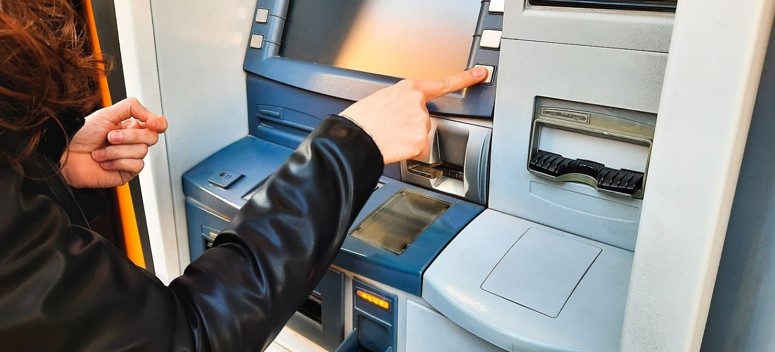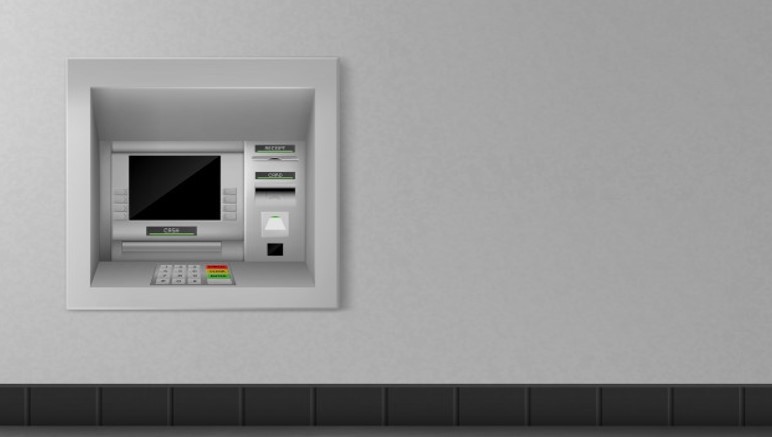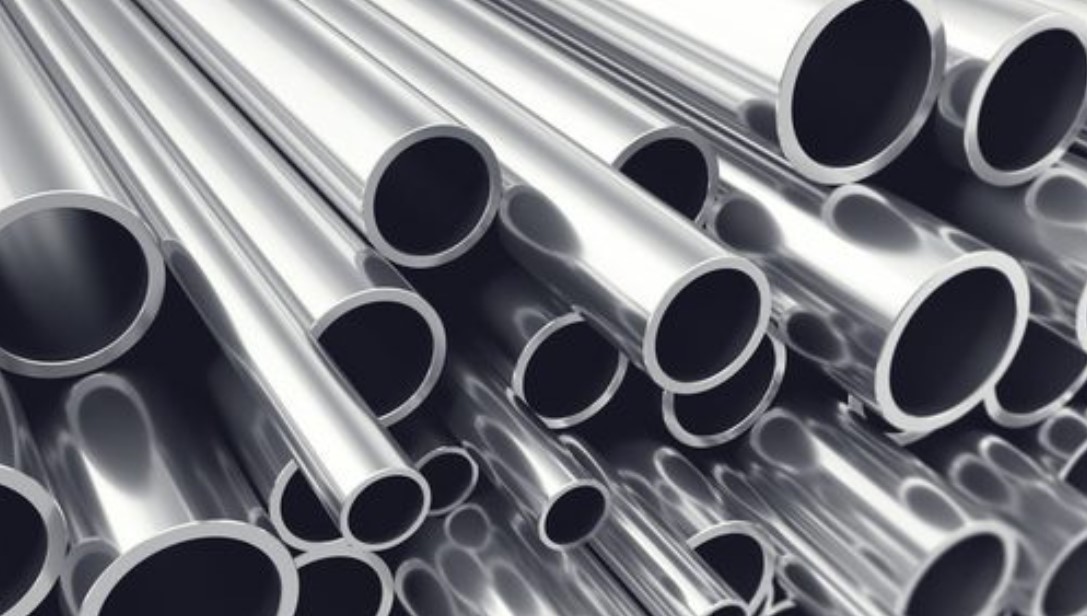Everything People Need to Know about Owning an ATM

Purchasing an Automated Teller Machine can cost between $1,000 to $5,000 on average. High-end machines that are built into the building’s wall are more expensive. It can cost around $5,000 to $10,000. Optional cash loading services run around $40 to $80 each month.
Nightclubs, restaurants, gas stations, convenience stores, clothing shops, and other businesses and locations can benefit from having automated teller machines on site. Even though more purchases are being made with credit and debit cards, as well as new technologies like mobile phone applications, cash is still one of the most widely-used ways to pay for products or services.
How do these things work? Visit this site for details.
Installing cash machines could increase profits for businesses through surcharge fees from ATM transactions, eliminating card processing fees, as well as allowing people to get money to spend at businesses instantly. This guide will help people determine whether purchasing an Automated Teller Machine is an excellent move for their business and how much they can expect to pay for this device.
Deciding if getting an ATM is a logical choice
Because cash dispensing devices cost a lot of money, deciding whether buying one justifies the expenses is crucial. If the business meets the criteria listed below, people should consider having an ATM device installed in their businesses:
- People regularly ask where the nearest automated teller machine is located.
- Hundreds of individuals walk by their business every day and can see the device itself or a sign for it.
- Their business is dependent on cash transactions.
- Their business makes a lot of credit card and debit card transactions, including small amounts.
Check out https://www.thebalance.com/atm-deposits-315279 to find out more about how to do an ATM cash deposit.
Types of Automated Teller Machines
ATMs can be divided into different categories:
Freestanding – It is a popular choice for businesses that have enough space (usually two feet by two feet with enough space for clients to stand). These devices are commonly found in convenience stores, restaurants, and gas stations.
Countertops – These devices are designed for businesses that don’t have enough space for freestanding ATMs.
Built-in – Built-in or through-the-wall is a type of cash dispensing device usually found at conventional banks. They are usually more expensive to install and maintain, as they need construction work. If the venture has heavy after-hour traffic, this type of ATM might be a logical choice. Just remember that having this kind of device in your building will increase the risk of thieves.
Dial-up – A lot of cash dispensing devices use 56 kbps modems to dial into processing networks. That is why these things require dedicated phone lines.
Wireless – Companies that already have high-speed internet connections (for credit card processing or Wi-Fi hotspots) can use their wireless technology for ATMs as well. It eliminates the need for a dedicated phone line, provides tons of flexibility for the device’s locations, as well as speeds up transactions.

How much income can owners make from this kind of venture?
Some factors are involved in how much income people can earn from installing ATMs, such as the location, service and repair for ATM machines, or the foot traffic. The average surcharge fee for every cash withdrawal is $2 to $5, but if people own the device, they can set it to whatever they want.
But make sure you do not charge too high because individuals will be less likely to use it if it is more than what banks charge. Check state and local provisions and laws because some areas have a specific maximum surcharge or transaction fee.
The money from these fees is usually deposited in the ATM owner’s account at the end of each month. But the actual amount of money to be gained from this device is not always a straightforward answer. People need to consider the number of times the ATM will be used per day if they have more than one unit, how often each machine will be used, or the average number of transactions between them.
Automated Teller Machines in retail environments average about 6 to 10 transactions per day, but it can increase tenfold depending on the area or venture. Operating and owning a single unit is not likely to make owners rich overnight, but it can increase their daily revenue and passive income over time.
For instance, let us say that people have a single unit that sits at 10 transactions per day, with a transaction fee of $2. That alone will provide them an additional $600 a month, and that is without considering the fact that there is a good chance that individuals using the unit are spending the money they have withdrawn at their business.









